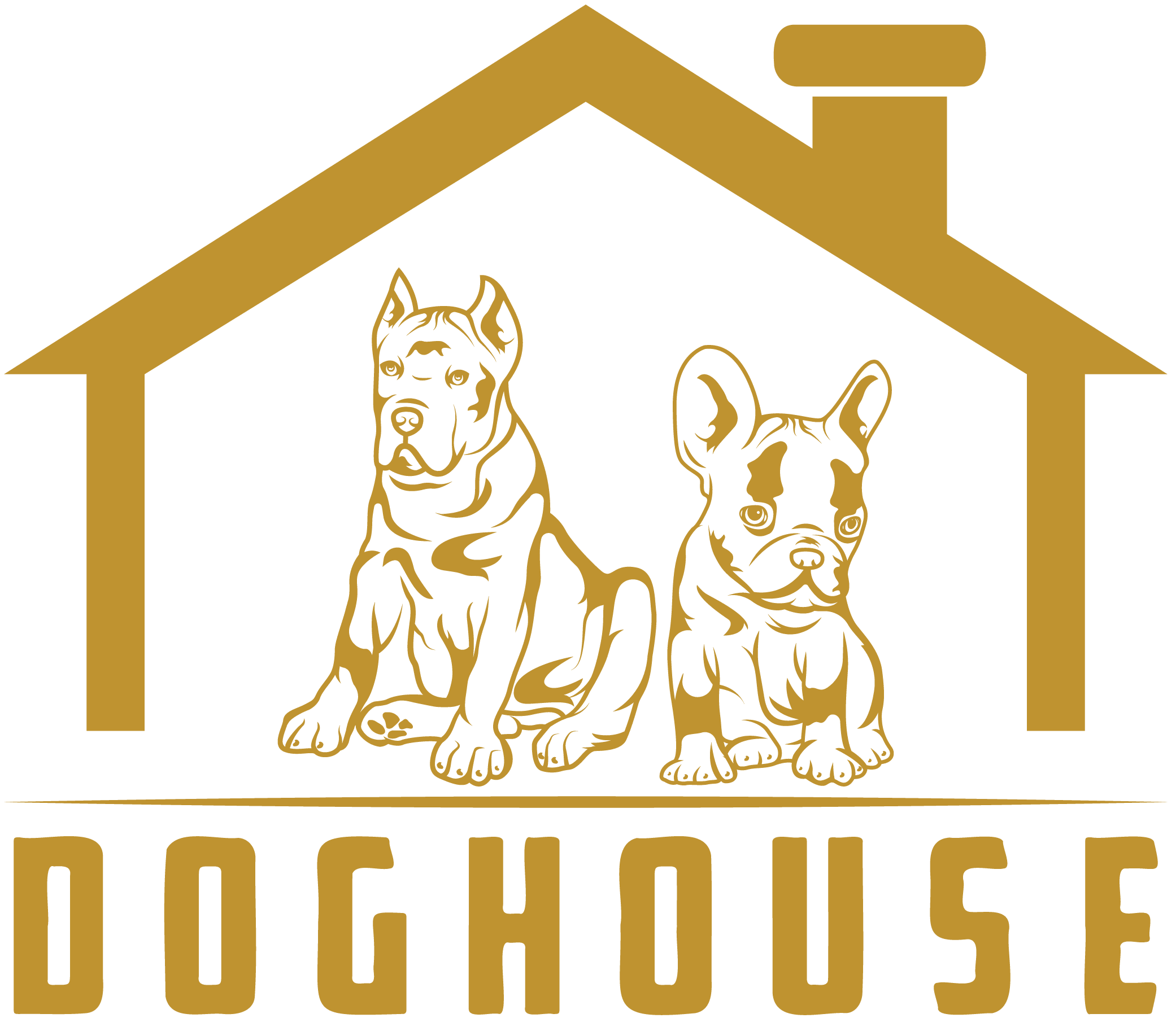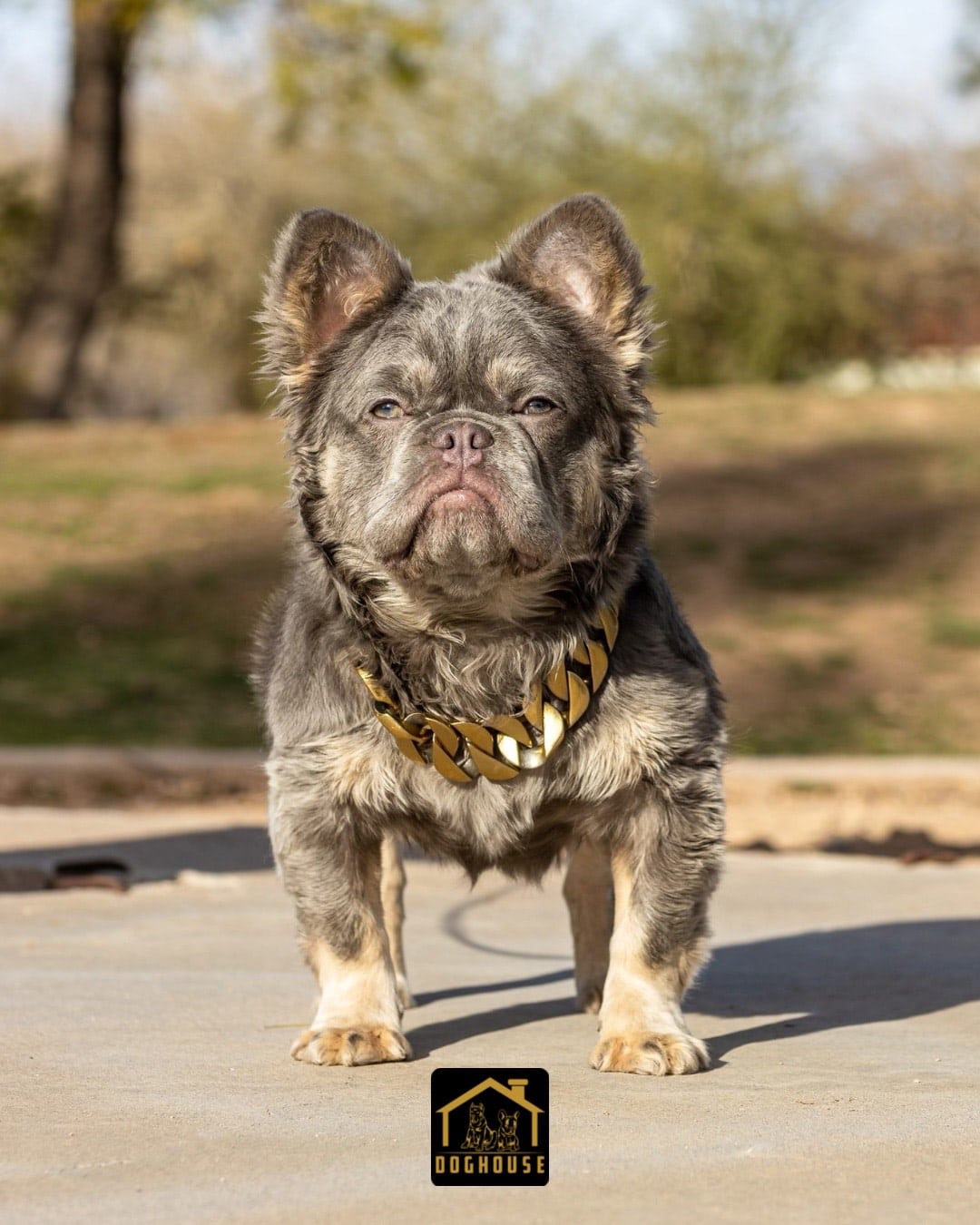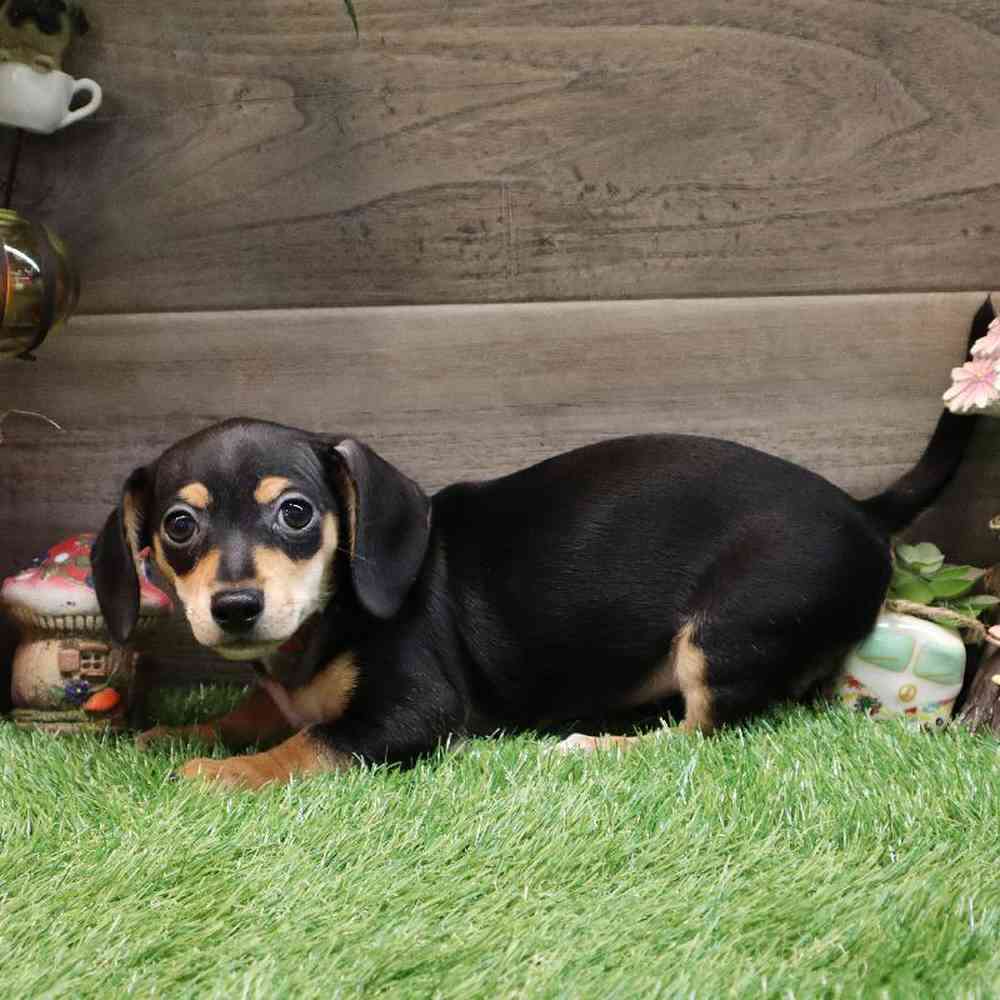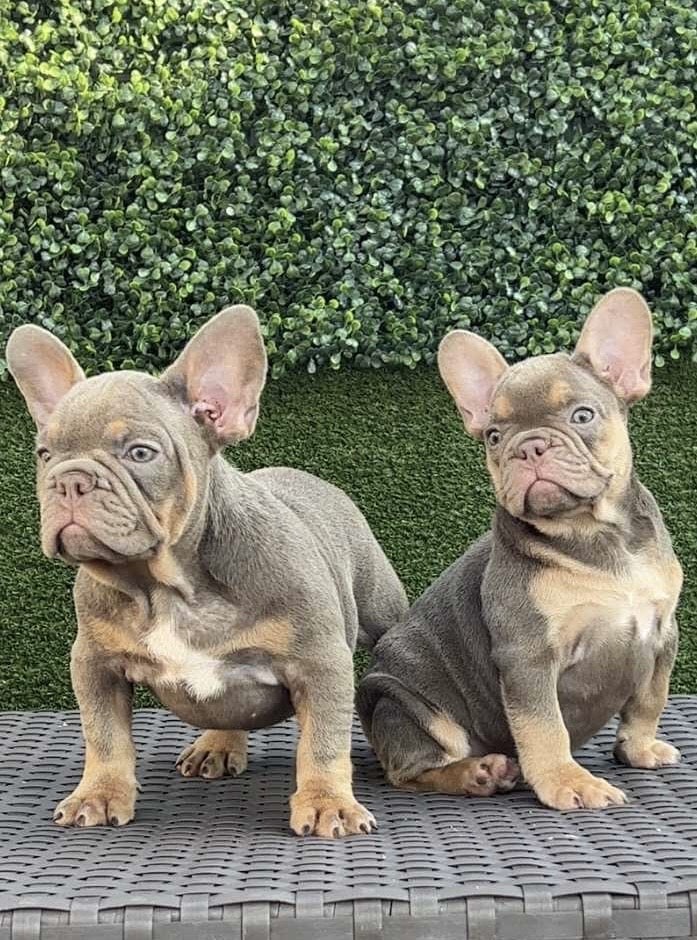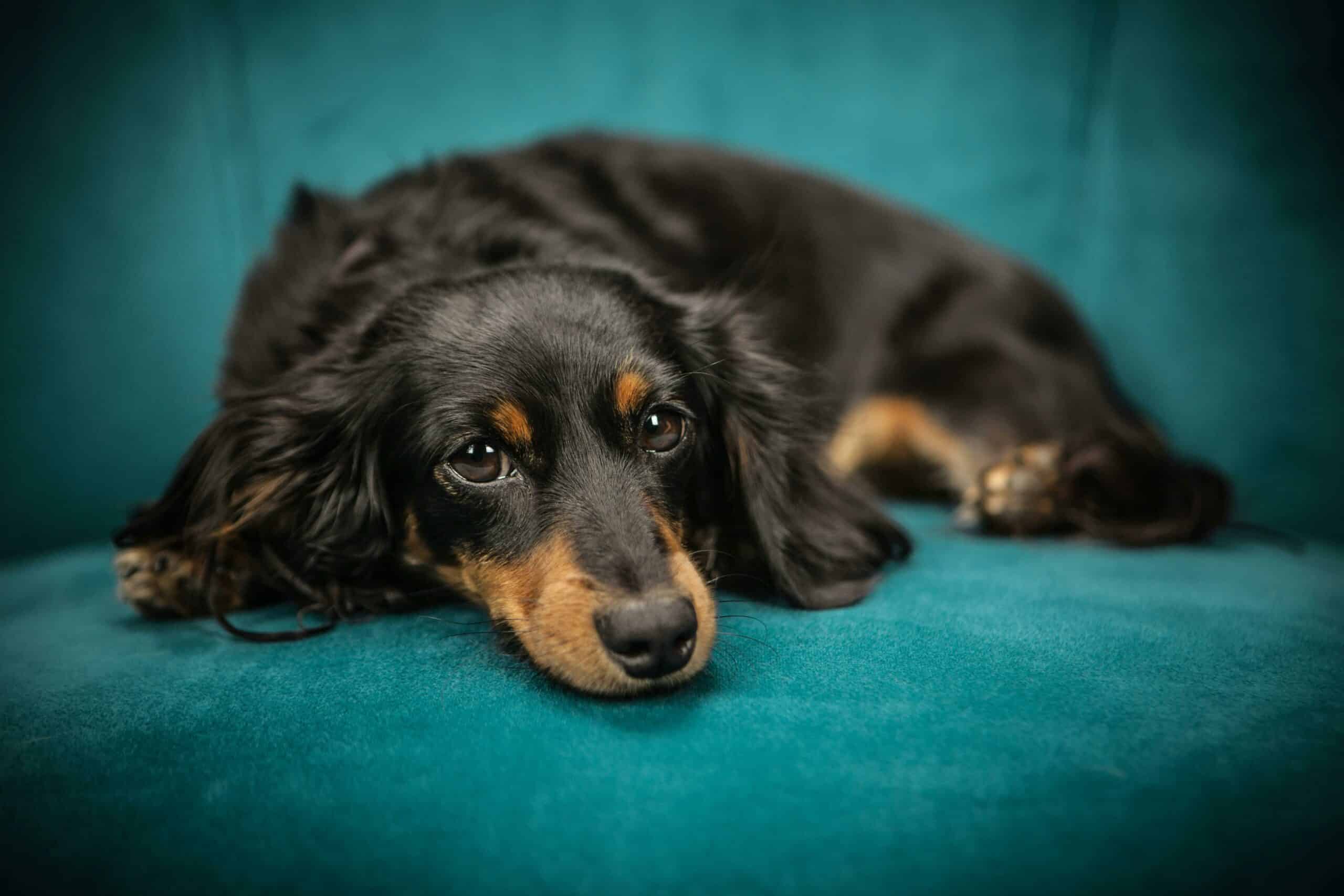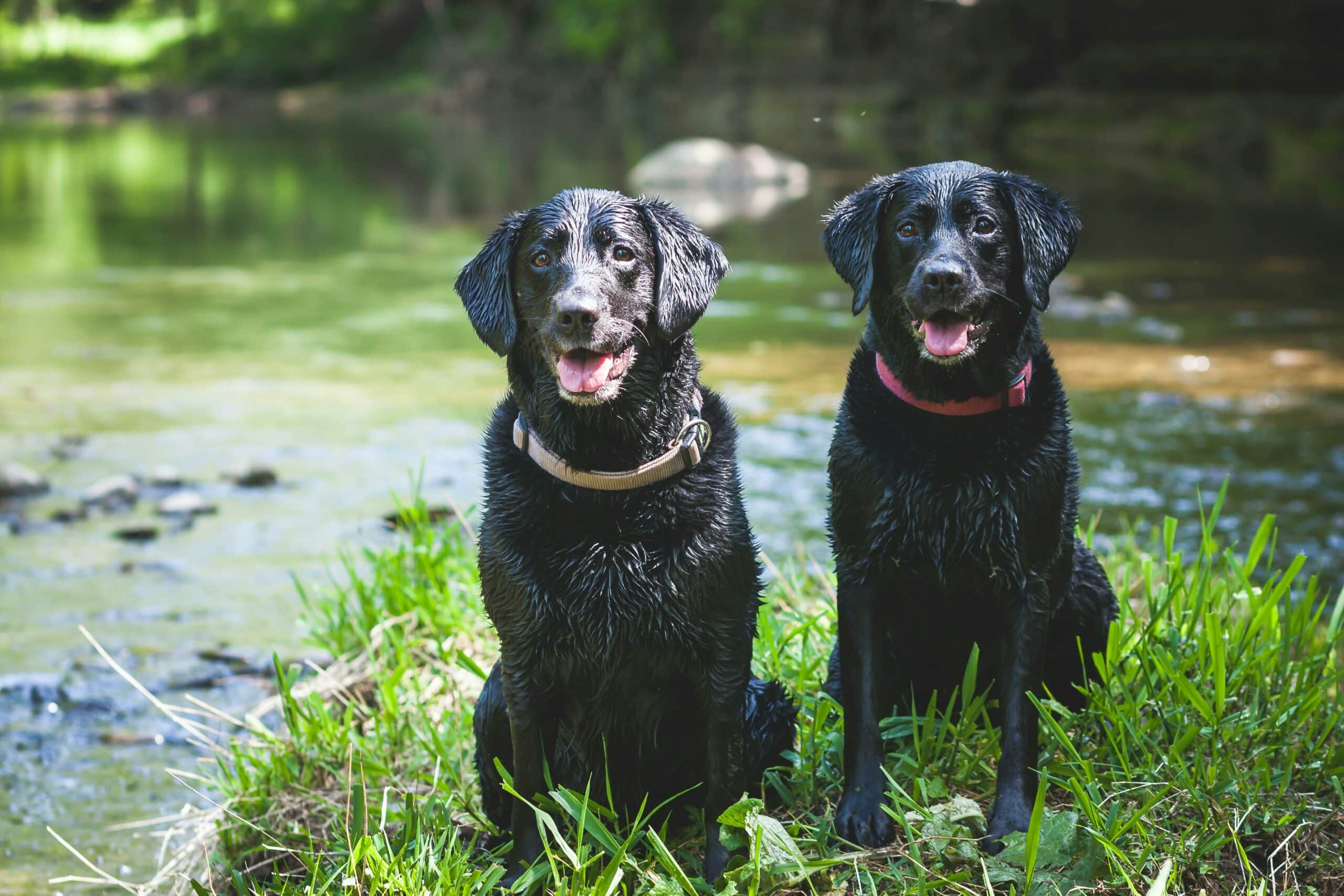The Kangal dog breed, originating from Turkey, is renowned for its exceptional guarding instincts and loyalty. Known for their imposing size and strength, these dogs have historically been used to protect livestock from predators such as wolves and bears. Despite their formidable appearance, Kangals are often described as gentle and calm with their human families. They are highly independent and can make autonomous decisions, which can be both a strength and a challenge for owners. Their solid temperament and dedication to their protective role make them a unique and respected breed in the canine world.
History
The Kangal dog, also known as the Kangal Shepherd Dog, is an ancient breed originating from the Sivas region of Turkey, specifically from the Kangal district. These dogs were primarily bred by Turkish shepherds for centuries to protect livestock from predators such as wolves, bears, and jackals. The Kangal dog is renowned for its formidable guarding instincts, strength, and loyalty, which have made it an invaluable asset to shepherds and farmers in rural Turkey.
The breed’s history is deeply intertwined with Turkish culture, and its characteristics have been honed through generations of selective breeding to ensure effectiveness in its role as a livestock guardian. The Kangal dog’s reputation has spread globally, but it remains a symbol of Turkish heritage. The breed’s development was influenced by the needs of the people in the harsh, predator-rich environments of central Turkey, leading to its distinct physical and behavioral traits that make it a dedicated and reliable guardian.
Kangal Temperament
The Kangal dog breed is renowned for its solid and dependable temperament. These dogs are naturally protective, which makes them excellent livestock guardians. Their loyalty and strong protective instincts are key characteristics, as they are bred to defend flocks from predators like wolves and bears. Despite their formidable guarding abilities, Kangals are known to be gentle and calm around their human families. They possess an independent nature, making autonomous decisions without constant direction. This independence can translate into a stubborn streak, requiring a strong and consistent leader for effective training. Additionally, Kangals are affectionate and can form strong bonds with their owners, but they need early socialization to ensure they interact well with other animals and strangers.
Kangal Dog Price
The price of a Kangal dog can vary widely depending on several factors, including the breeder’s reputation, the dog’s lineage, and whether the dog is intended for show or working purposes. Generally, Kangal puppies can range from $1,000 to $4,000 or even higher. It’s essential to purchase from reputable breeders who conduct health tests and adhere to breed standards to ensure the well-being and quality of the dog. These breeders typically invest in proper care, training, and socialization, which reflects in the higher cost. Potential buyers should be cautious of prices that seem too low, as they may indicate unethical breeding practices or health issues.
Kangal Bite Force
The Kangal dog breed is renowned for having the strongest bite force among all dog breeds. Measuring an impressive 743 pounds per square inch (PSI), the Kangal’s bite force significantly surpasses that of other well-known breeds like the Pitbull. This formidable bite strength is one of the reasons Kangals are highly valued as livestock guardian dogs, capable of protecting flocks from predators such as wolves and bears. Despite their powerful bite, Kangals are typically gentle and protective towards their human families, showcasing a balanced temperament that combines strength and loyalty.
Kangal Life Expectancy
The Kangal dog breed, known for its impressive guarding abilities and loyalty, typically enjoys a relatively long lifespan for a dog of its size. On average, Kangals live between 12 to 15 years. This life expectancy is quite remarkable considering the breed’s large size and physical demands as livestock guardians. Proper care, including a balanced diet, regular exercise, and routine veterinary check-ups, can contribute to their longevity. Given their role as working dogs, maintaining their health and well-being is crucial to ensuring they can perform their duties effectively throughout their lives.
Common Health Issues
The Kangal dog breed, known for its robust health and resilience, still faces several common health issues, primarily due to its large size and genetic predispositions. One of the most prevalent health concerns in Kangals is hip dysplasia, a genetic condition where the hip joint fails to develop properly, leading to arthritis and pain.
Another significant issue is bloat, or gastric dilatation-volvulus, a life-threatening condition where the stomach twists and traps gas, requiring immediate veterinary intervention. Entropion, a condition where the eyelids roll inward, causing irritation and potential damage to the eye, is also seen in this breed.
Additionally, Kangals may develop hypothyroidism, where the thyroid gland does not produce enough hormones, leading to various symptoms such as weight gain, lethargy, and skin problems. Other less common issues include lipomas, which are benign fatty tumors, and genetic disorders such as cryptorchidism and angulation deformities.
Kangal Size
The Kangal dog breed is renowned for its impressive size and strength, characteristics that make it an effective livestock guardian. Typically, male Kangals stand between 30 to 32 inches tall at the shoulder and weigh between 110 to 145 pounds, while females are slightly smaller, standing 27 to 30 inches tall and weighing 90 to 130 pounds. These dimensions place the Kangal among the larger dog breeds, contributing to its powerful presence and formidable guarding capabilities. The breed’s size is not just for show; it is a critical attribute that allows Kangals to effectively protect livestock from large predators, including wolves and bears.
Kangal Puppy Weight Chart by Month
Here is a table showing the average weight of Kangal puppies from 1 to 12 months, separated by male and female.
| Month | Male Weight (kg) | Male Weight (lbs) | Female Weight (kg) | Female Weight (lbs) |
|---|---|---|---|---|
| 1 | 5.0 – 5.5 | 11.0 – 12.1 | 4.5 – 5.0 | 9.9 – 11.0 |
| 2 | 10.0 – 11.0 | 22.0 – 24.2 | 9.0 – 10.0 | 19.8 – 22.0 |
| 3 | 19.8 – 21.5 | 43.6 – 47.3 | 18.0 – 19.5 | 39.7 – 43.0 |
| 4 | 25.0 – 27.0 | 55.1 – 59.5 | 23.0 – 25.0 | 50.7 – 55.1 |
| 5 | 30.0 – 33.0 | 66.1 – 72.8 | 27.0 – 29.5 | 59.5 – 65.0 |
| 6 | 35.6 – 38.0 | 78.5 – 83.8 | 26.7 – 34.0 | 58.9 – 74.9 |
| 7 | 40.0 – 43.0 | 88.2 – 94.8 | 36.0 – 39.0 | 79.4 – 86.0 |
| 8 | 45.0 – 48.0 | 99.2 – 105.8 | 41.0 – 44.0 | 90.4 – 97.0 |
| 9 | 50.0 – 53.0 | 110.2 – 116.8 | 45.0 – 48.0 | 99.2 – 105.8 |
| 10 | 55.0 – 58.0 | 121.3 – 127.9 | 50.0 – 53.0 | 110.2 – 116.8 |
| 11 | 60.0 – 63.0 | 132.3 – 138.9 | 54.0 – 57.0 | 119.0 – 125.7 |
| 12 | 65.0 – 68.0 | 143.3 – 149.9 | 58.0 – 61.0 | 127.9 – 134.5 |
Kangal Colors
The Kangal dog breed comes in a variety of coat colors that range from pale fawn to wolf grey. Typically, Kangal dogs exhibit a uniform coat color that can include shades of cream, fawn, dun, and steel grey. One of the most distinctive features of the Kangal is the characteristic black mask that covers the muzzle and often extends around the eyes. Additionally, they usually have dark or black ears that contrast with their lighter body color. While small amounts of white markings on the chest and toes are acceptable, the overall appearance is usually solid with the striking dark mask and ears standing out prominently.
Kangal Shepherd Images
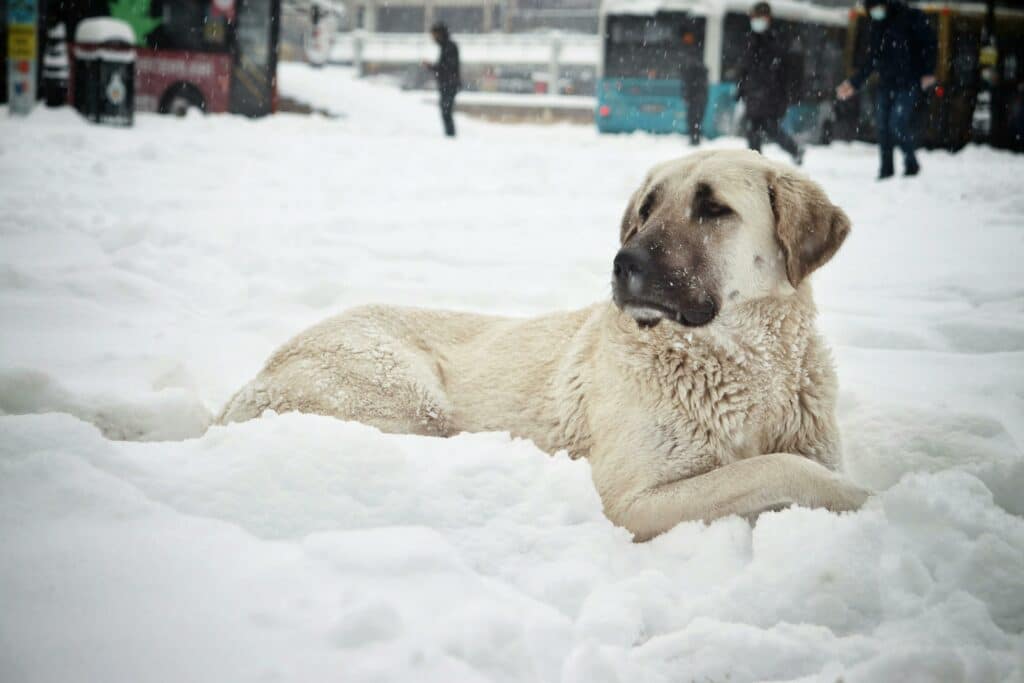
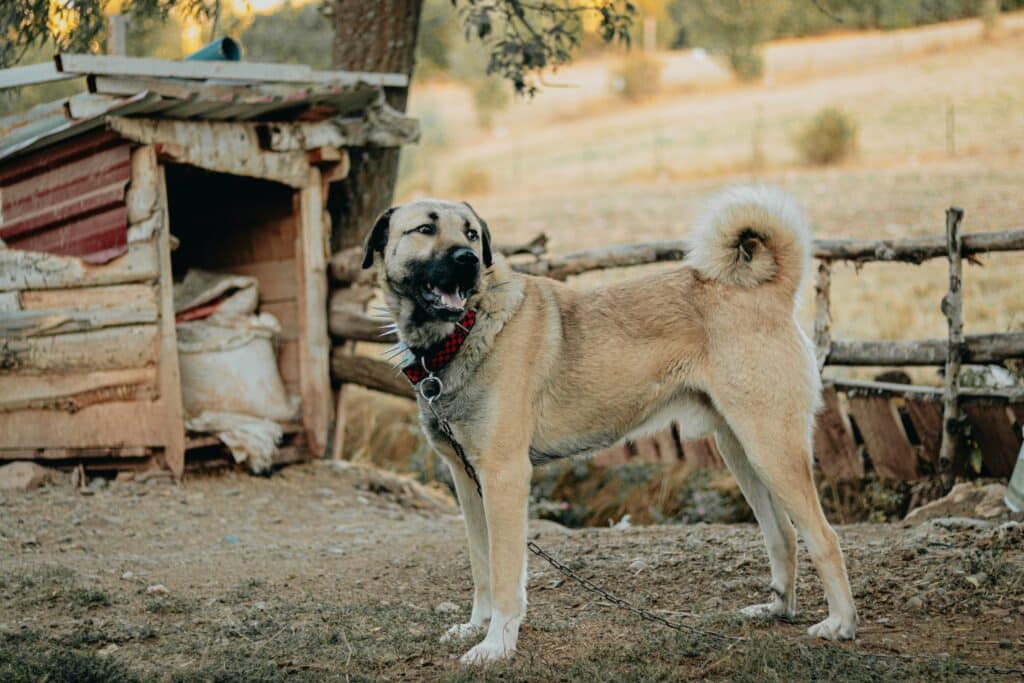
Kangal Grooming Needs
The Kangal dog breed has moderate grooming needs that can be easily managed with regular care. These dogs shed all year round, with particularly heavy shedding during the spring and autumn seasons. During these times, it is recommended to brush their coat every other day to manage the shedding and keep their coat in good condition.
For daily grooming, brushing 3-4 times a week is typically sufficient to remove loose hair and prevent matting. Using a brushing spray can help make the process easier and more effective. Regular brushing also helps to distribute the natural oils in their coat, promoting a healthy shine.
Bathing should be done as needed, usually every few months or when the dog becomes particularly dirty. Overbathing can strip the coat of its natural oils, so it should be done sparingly. Additionally, regular ear checks, nail trimming, and dental hygiene are essential parts of the grooming routine to ensure the overall health and well-being of the Kangal dog.
Conclusion
The Kangal dog breed is an ancient and distinguished livestock guardian, renowned for its strength, loyalty, and protective instincts. Originating from Turkey, this breed has served as a reliable protector of flocks, demonstrating exceptional bravery and intelligence in guarding against predators. Kangals are notable for their formidable bite force, which is the strongest among all dog breeds, underscoring their capability as guardians.
Despite their imposing presence, Kangals are gentle and devoted to their human families, making them a fascinating blend of power and gentleness. However, their strong guarding instincts and significant size can present challenges for first-time dog owners, requiring experienced handling and consistent training. As the national dog of Turkey, the Kangal holds a special place in Turkish culture and continues to be valued worldwide for its remarkable qualities.

